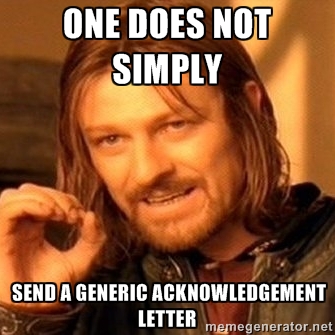 Hi everyone, I am in Saigon right now, where it is a 95 degrees and the humidity is so thick, you can use a knife to whittle out some humidity sculptures for your next silent auction. But, things have been great. Food is cheap and ubiquitous and good, so I’ve been loading up, especially on cold young coconuts and mangosteens, a purplish tropical fruit that tastes like general operating funds (You need to add “Eat five pounds of mangosteens in Southeast Asia” to your bucket list right now!).
Hi everyone, I am in Saigon right now, where it is a 95 degrees and the humidity is so thick, you can use a knife to whittle out some humidity sculptures for your next silent auction. But, things have been great. Food is cheap and ubiquitous and good, so I’ve been loading up, especially on cold young coconuts and mangosteens, a purplish tropical fruit that tastes like general operating funds (You need to add “Eat five pounds of mangosteens in Southeast Asia” to your bucket list right now!).
The relatives, meanwhile, still have no idea what I do, and while my Vietnamese is pretty good, it is not when it comes to advanced topics. I have the vocabulary of a ten-year-old, so it leads to awkward conversations like this:
Aunt: We heard that you got a new job? Tell us about it
Me: Yes, I work for a…location…that grows people who…drag others…to do good things…
Aunt: Drag others to do good things? You mean, leaders?
Me: Yes! Yes! Leaders! Leaders from groups of people who have …the darker…skins…
Aunt: People of color?
Me: Yes, people of color! We send these leaders into…businesses that don’t make money, but they help make the world better…
Aunt: NGO’s?
Me: Yes, yes!
I won’t recap the next part, where I try to explain capacity building and community organizing. Just be glad your elevator speech doesn’t last thirty minutes and involve a lot of wild gesturing, followed by your relatives looking disappointed at your career choice.Continue reading →





